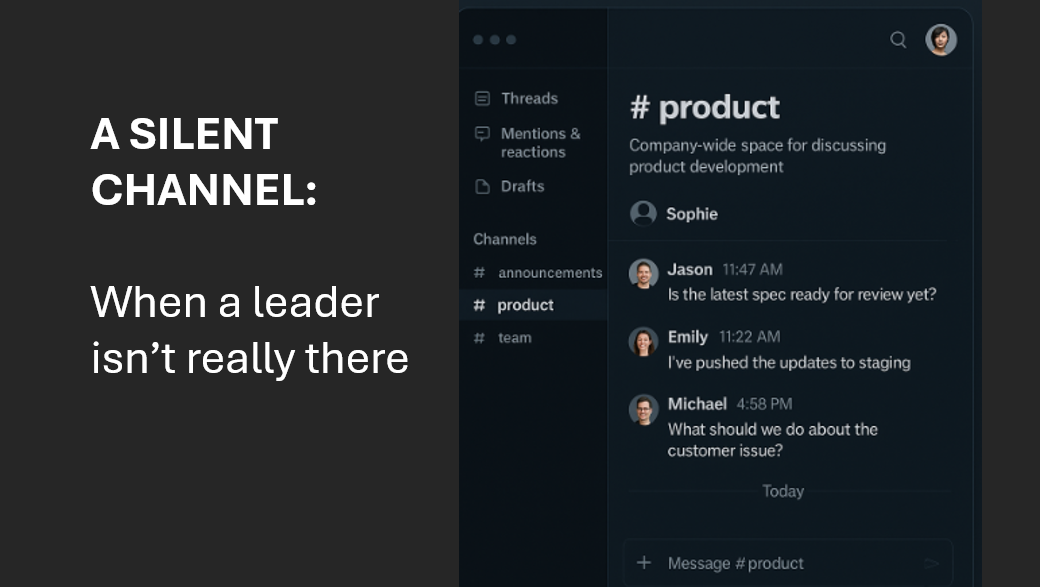Leadership effectiveness isn’t just about individual capability – it’s about creating the conditions for teams to perform at their highest level. This article explores the essential elements leaders need to understand when building and sustaining high-performance teams, particularly when contexts change significantly.
The Four Pillars of Team Performance
When assessing team performance, leaders should focus on four fundamental areas that consistently impact how teams function and deliver results.
- Impact forms the foundation – teams must have clarity about their purpose and the difference they’re meant to make. This includes both collective impact (what the team achieves together) and individual impact (how each person contributes meaningfully to the whole). Without this clarity, teams often drift into activity without direction.
- Behaviour encompasses how team members interact with each other and external stakeholders. This isn’t just about being polite or professional – it’s about establishing productive patterns of collaboration that drive results. High-performing teams develop behavioural norms that support their goals rather than hinder them.
- Identity represents who the team feels they are and what they stand for. As one expert noted, “What shirt do I put on when I join this team?” This felt sense of belonging and shared identity influences everything from decision-making to resilience under pressure.
- Leadership extends beyond the formal team leader to how every member demonstrates leadership within their role. High-performance teams are characterised by distributed leadership where individuals step up when their expertise or perspective is most needed.
Actionable Takeaway: Start with self-inquiry. Before focusing on team performance, leaders must honestly assess their own contribution to team dynamics. Are you demonstrating competence? Are you trustworthy? Are you creating psychological safety?
Reading the Room: What Leaders Should Notice
External coaches often spot things that embedded leaders miss, simply because familiarity can create blind spots. Leaders can develop this external perspective by systematically observing their teams in action.
The most telling indicator is participation levels during team interactions. Who contributes readily? Who holds back? What’s their body language telling you? Research from Google’s Project Aristotle demonstrated that even participation levels distinguish high-performing teams from average ones.
But observation without judgment is crucial. When someone sits back during meetings, there’s usually a good reason – perhaps they lack psychological safety, don’t understand their expected contribution, or the leader is unconsciously filling all the conversational space. The key is to notice patterns and test theories through dialogue rather than making immediate assumptions.
Creating a ‘heat map’ of team interactions can be invaluable. Track who speaks to whom, with what intensity, and where energy flows in the room. This provides concrete data for later conversations about team dynamics.
Actionable Takeaway: Observe before acting. Spend time noticing participation patterns, energy flows and team dynamics before jumping to solutions. Create opportunities to observe the team in different configurations – small groups often reveal different dynamics than large group meetings.
Adapting Leadership to Different Team Contexts
Not all teams need the same approach. The leadership challenge varies dramatically depending on context, and effective leaders adjust their methods accordingly.
For newly formed teams with tight deadlines, the focus might be on rapid relationship building and clear role definition. When working with an established team that has a new leader, the emphasis shifts to redefining identity and ways of working rather than assuming continuity. As the research shows, when even one team member changes, it essentially becomes a new team – and this is especially true when the leader changes.
One powerful approach for teams in transition involves honouring the past while defining the future. This might mean having team members share what shaped them as leaders, or creating a narrative that acknowledges where the team came from, honestly assesses current reality, and paints a vision of where they’re heading.
The altitude question – “What altitude does this team need to be flying at?” – can provoke important conversations about whether the team is working on the right things at the right level of impact.
Actionable Takeaway: Context drives approach. New teams, established teams with new leaders, merged teams, and high-pressure project teams all require different leadership approaches. Don’t assume one size fits all.
The Trust Foundation
Trust isn’t just nice to have – it’s the prerequisite for everything else that matters in team performance. Without trust, challenging conversations become impossible, innovation stagnates, and team members can’t rely on each other when pressure mounts.
For dispersed or global teams, building trust requires intentional effort. Proximity naturally contributes to trust building, but virtual teams must create artificial touch points. Simple personal check-ins before diving into business agenda items can be surprisingly powerful trust builders. These aren’t ‘fluffy’ activities, they’re essential investments in the team’s ability to function under pressure.
Leaders should regularly assess: “Are all members of this team able to say what they need to say in service of the team’s performance when they need to say it?” If the answer is no, trust work becomes a priority.
A practical tool involves using trust audits based on components like credibility, reliability, and intimacy, while minimising self-orientation. This applies both within the team and with critical external relationships that the team depends on for success.
Actionable Takeaway: Trust is foundational. Without trust, everything else becomes more difficult. Invest deliberately in trust building, especially for dispersed teams that lack natural proximity.
The Challenge of Challenging Conversations
High-performing teams don’t avoid difficult conversations; they create the conditions where these conversations can happen productively. This requires both trust and psychological safety.
The foundation starts with leader self-assessment. Leaders must examine whether they’re creating an environment where team members feel safe to provide necessary feedback, challenge ideas and raise concerns. This often requires leaders to model vulnerability and demonstrate that challenge is welcome rather than threatening.
One critical insight: silence should never be interpreted as agreement or understanding. When leaders announce decisions or changes and receive only nods and no questions, this is often a warning sign rather than validation. Effective leaders actively seek dissent and create multiple channels for team members to express concerns or alternative perspectives.
Actionable Takeaway: Embrace productive conflict. The goal isn’t harmony – it’s performance. This requires creating conditions where necessary conversations can happen constructively.
Conclusion
The path to high team performance isn’t mysterious, but it does require intentional leadership that adapts to context while remaining grounded in these fundamental principles. Leaders who master these elements create teams that don’t just deliver results – they become the kind of teams people remember as the best they’ve ever been part of.
This article was inspired by insights shared by Team Coaching expert, Patrick Ballin, in the latest episode of our podcast, ‘Impactful Conversations’. You can listen here or wherever you get your podcasts.
Exigence provides a full suite of evidence-based business coaching solutions, driven by a desire to help individuals and teams to achieve their performance potential. Find out more here or contact us to talk through how we can support you.





